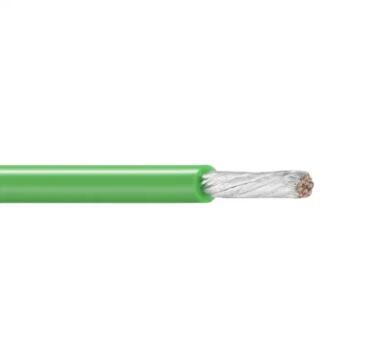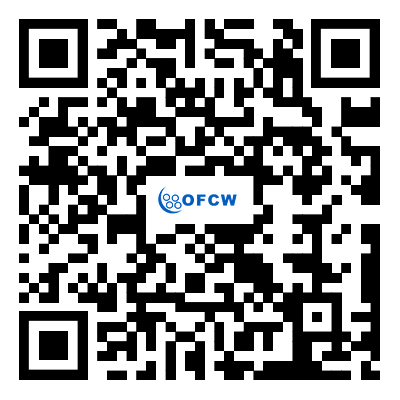Connecting the Dots: A Guide to Using Wire Nuts in Electrical Connections
2023-12-26
Introduction:
In the intricate world of electrical installations, ensuring secure and reliable connections is paramount. One of the essential tools in an electrician's toolkit is the humble yet highly effective wire nut. This small, twist-on connector plays a crucial role in creating safe and durable electrical connections. In this blog, we'll unravel the mysteries of the wire nut, exploring how it is used in electrical connections and why it's a go-to solution for professionals and DIY enthusiasts alike.
Understanding the Wire Nut:
A wire nut, also known as a wire connector or twist-on connector, is a small device designed for joining or connecting two or more electrical wires. These connectors typically consist of a plastic shell with a threaded interior and an insulating liner. The shell is often color-coded to indicate the size and type of wire it is designed to accommodate.
Steps for Using a Wire Nut:
Using a wire nut is a straightforward process that involves a few simple steps. Here's a guide on how to properly use a wire nut in electrical connections:
1. Prepare the Wires:
Before using a wire nut, strip the insulation from the end of each wire to expose the conductive copper or aluminum core. The length of exposed wire should be consistent among the wires to ensure a proper connection.
2. Twist the Wires Together:
Hold the stripped ends of the wires together and twist them in a clockwise direction. This twisting action helps to create a tight and secure connection between the wires. The length of the twisted section should be sufficient to allow the wire nut to grip onto the wires securely.
3. Select the Appropriate Wire Nut:
Wire nuts come in various sizes, colors, and designs, each suitable for specific wire gauges and applications. Choose a wire nut that matches the size and type of the wires you are connecting. The packaging or the wire nut itself typically provides information on the compatible wire sizes.
4. Insert the Wires into the Wire Nut:
Place the twisted wire ends into the threaded interior of the wire nut. Ensure that all the exposed wire ends are securely inside the connector, with no stray wires protruding from the bottom.
5. Twist the Wire Nut Onto the Wires:
Begin twisting the wire nut onto the wires in a clockwise direction. The threads inside the wire nut will engage with the twisted wires, creating a firm and reliable connection. Continue twisting until the wire nut is snug and fully seated on the wires.
6. Check the Connection:
After securing the wire nut, visually inspect the connection to ensure that all wires are securely enclosed within the connector. Gently tug on each wire to confirm that they are held firmly by the wire nut. A well-made connection should be both mechanically and electrically sound.
Conclusion:
The wire nut, a seemingly unassuming component, plays a vital role in the world of electrical connections. Its simplicity, ease of use, and reliability make it a staple in electrical installations, from residential wiring projects to complex industrial applications. Mastering the art of using wire nuts ensures that electrical connections are not only efficient but also safe and durable, contributing to the overall reliability of electrical systems. As we navigate the intricacies of electrical work, the trusty wire nut remains a steadfast companion, connecting the dots and powering our interconnected world.



